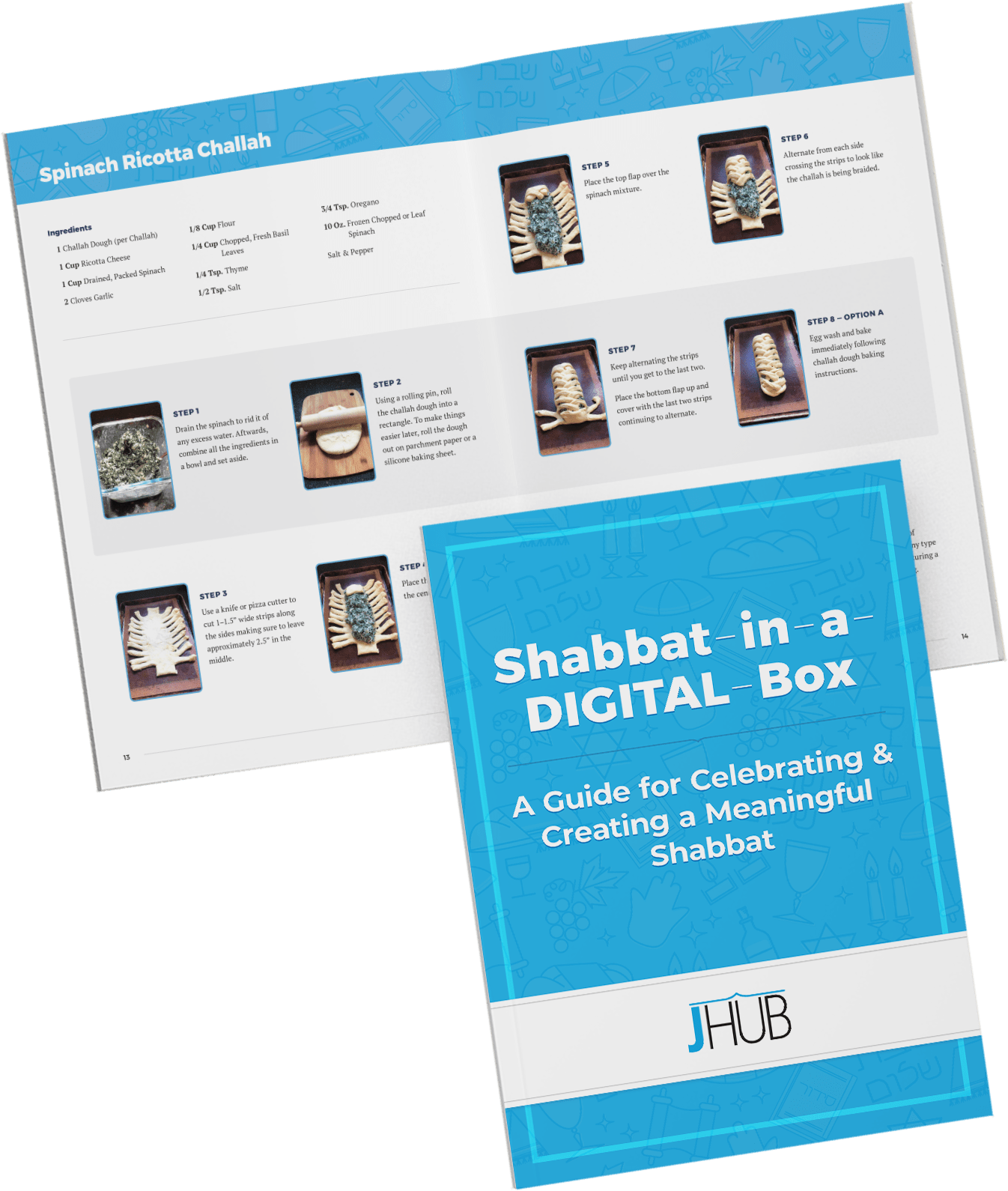
Struggling to Create an Inclusive Shabbat Experience?
Download Our Shabbat-in-a-DIGITAL-Box!
A Helpful Guide for Celebrating & Creating a Meaningful Shabbat.
We Are Excited to Offer These Resources to You to Celebrate Shabbat!
We hope this e-book will help add to a meaningful Shabbat experience. Shabbat always comes right on time! After a busy week, it is wonderful to have a day for reflection and rest to help re-energize us for the week ahead. The practice of Shabbat can help us prioritize what is meaningful.
Download our Shabbat-in-a-DIGITAL-Box for resources like blessings, recipes, crafts and more.
Wishing you a Shabbat Shalom — a Sabbath of meaning, good health and peace!
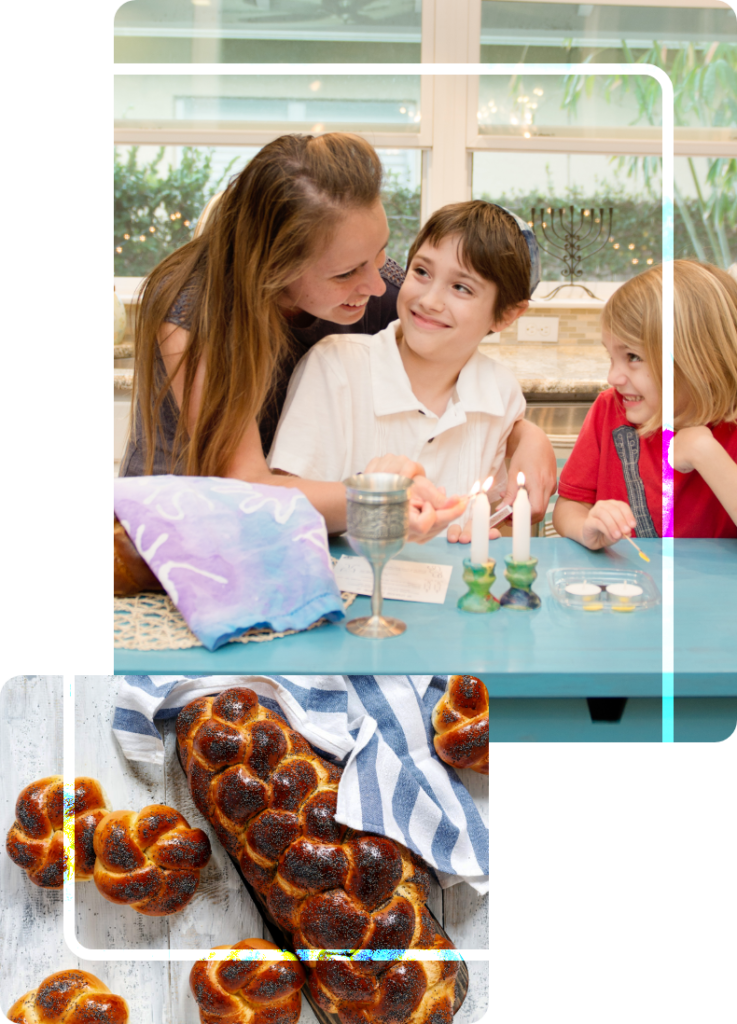
Featured Resources Include:
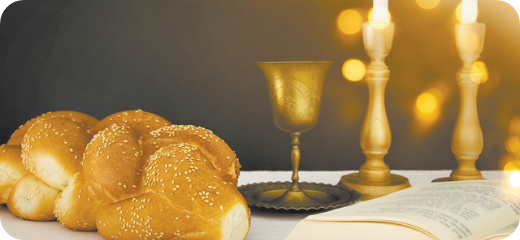
Recipes
Delicious Challah Bread, Apple Spice Challah, and Spinach Ricotta Challah perfect for sharing with friends and family.
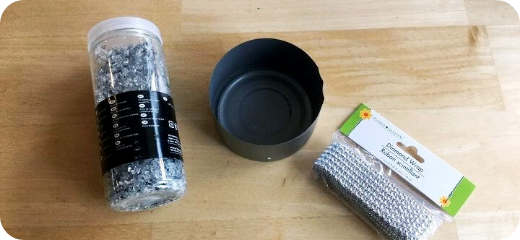
Crafts
Including instructions for DIY Shabbat Candle Holders, Kiddush Cups, and a Challah Cover – decorating made cost-effective and easy!
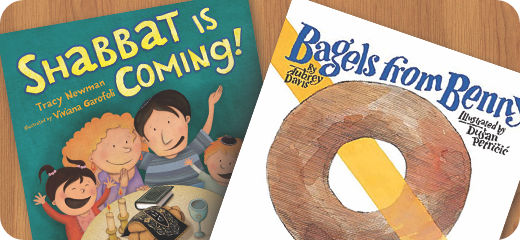
Children’s Books
A curated list of Shabbat Children’s Books for ages 6 months – 8+ years.
Get Your Copy!
Fill out the form below to get your Shabbat-in-a-DIGITAL-Box copy.
jHUB is a joint initiative of the Jewish Federation of Cleveland and the Jewish Education Center of Cleveland, and an 18Doors affiliate.
Privacy Policy ©2020-2021 jHUB